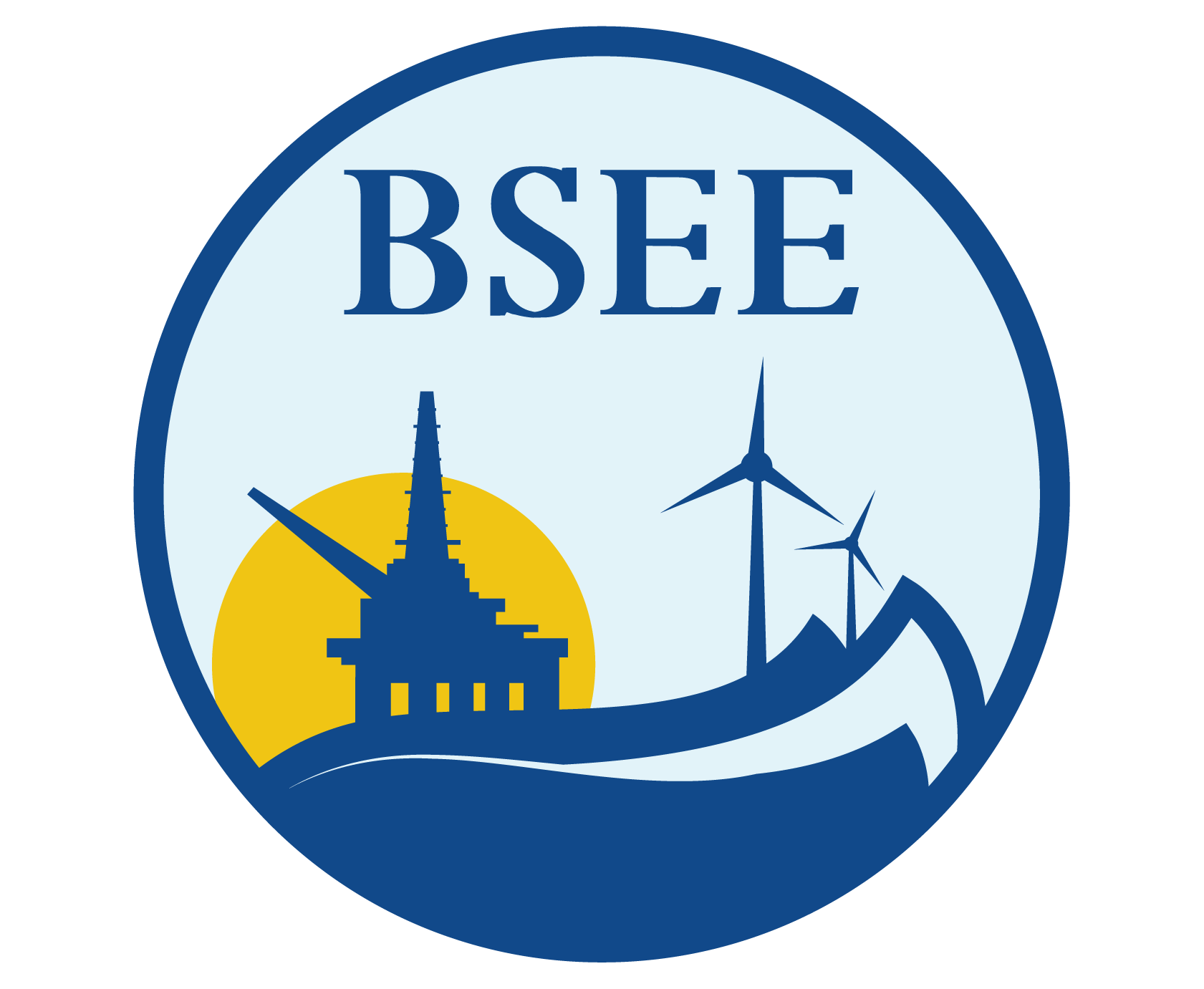Mitigating the Problem of Gas Migration After Primary Cementing
This is a Joint Industry Project (JIP). Two tasks were set for the project:
1) Develop a comprehensive understanding of the nature and extent of the gas migration problem. A survey form was prepared, interviews with cementing experts are taking place, and a database of relevant information is being developed;
2) Conduct screening studies of existing remedial solutions.
